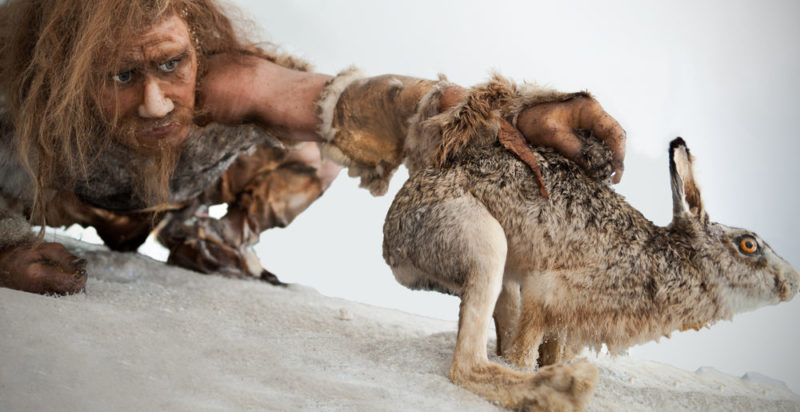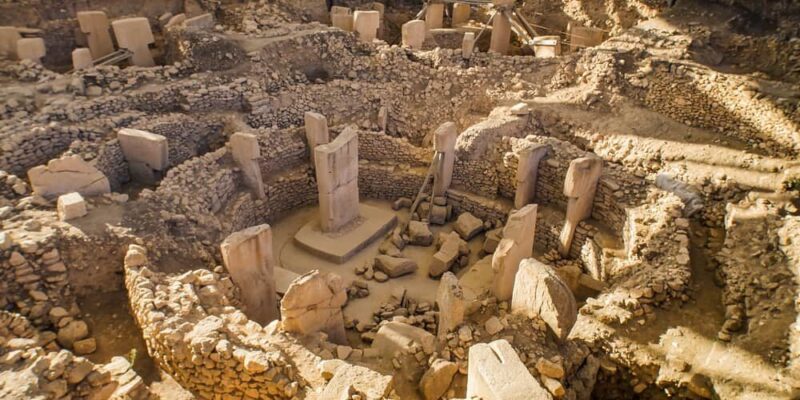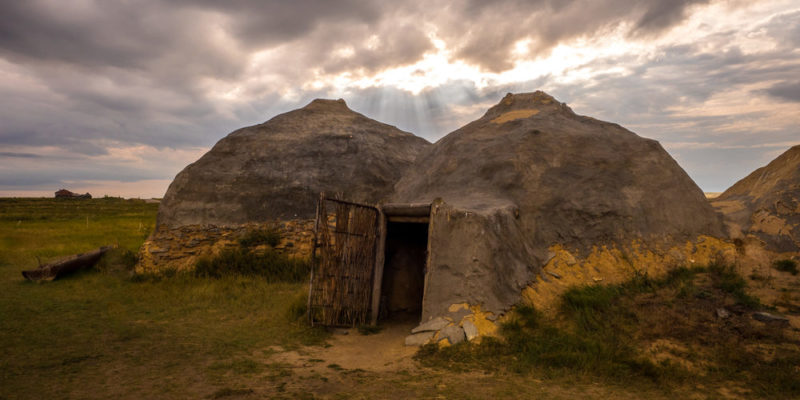We explain what the Mesolithic is, its importance and characteristics. Also, the impact of climate change and archaeological records.
What is the Mesolithic?
The Mesolithic was a period of prehistory that ran from 10,000 BC. Until 6,000 a. C. and the transition between the Paleolithic and Neolithic periods resulted . All three periods made up the Stone Age . The word Mesolithic comes from the Greek meso which means "between" and lithos which means "stone", which is why it refers to the "Middle Stone Age".
This period was noted for stone work, in polished and chipped form. In addition, the first sedentary populations emerged, favored by the practices of hunting, gathering fruits and fishing.
Mesolithic characteristics
The Mesolithic period was characterized by:
- The transition. It was a period of transformation between the hunter-gatherers of the Paleolithic stage and the farmers of the Neolithic stage, due to the fact that they adapted to life in certain territories, such as post-glacial forests.
- The stone work. Innovation in stone work was highlighted , such as polishing and elaborate carving, also called microlith, which consists of a stone one centimeter long carved in an elaborate way so that it has an edge on one of its sides.
- The sedentary life . From this time come the first vestiges of life in tribes that settled and always lived in the same territory. This change was due to new practices to obtain food through gathering, fishing and the domestication of animals.
- The cemeteries. Also from these societies come the first vestiges of grave goods of people who had power or a high social level. The bodies of the deceased were buried with offerings or personal accessories of value, suggesting that ceremonies or spiritual rites were practiced.
- The painting . Although cave art existed during the Paleolithic, at this stage human figures emerged, as well as animals, painted inside the caves. The scenes show groups of humans practicing hunting or some ritual.
- Utensils. Evidence of ceramic work was found , such as vessels decorated with simple geometric lines, polished and perforated rocks used as accessories, and sharp stones that served as knives.
Mesolithic climate changes

During the Mesolithic the last glacial period occurred , which corresponds to a geological process characterized by extremely cold temperatures . Gradually the climate became more and more temperate , which allowed for a greater variety of forms of animal and plant life.
As a result of climate change, the human being could settle in certain territories for an indefinite period without the need to migrate in winter times. In addition to the climatic conditions more suitable for human life, the variety of plant species increased , first with the formation of wide steppes and then with lush forests.
The fauna was influenced by the migration of various species to more northern areas , by the better conditions for reproduction and by the greater availability of food through hunting or the variety of plants.
Archaeological evidence from the Mesolithic

Among the main archaeological evidences of the Mesolithic period , the monumental temple complex of Göbekli Tepe stands out , which consisted of an ancient sanctuary built at the highest point of an extensive mountain range in the southeast of present-day Turkey. It is estimated that it was built between 9600 and 8200 BC. C. making it the oldest prehistoric temple in the world discovered so far.
The complex features large rectangular stone-like pillars that are carved with relief silhouettes of animals, faceless human figures, and simple geometric figures.
The human figures are larger than real, about five meters high, which is why they are believed to represent a god or an ancestor. Due to the lack of written evidence, since the writing had not yet emerged , the interpretation of the mythology and symbolism of the temple is complex.
The most impressive thing about this construction is that it was made before the human groups of hunters and gatherers built large housing settlements and before they developed agriculture as the main source of food.
Importance of the Mesolithic

The importance of the Mesolithic for the prehistory of humanity is that it was revolutionary due to its advances and allowed a leap in human evolution to pass to a new period: the Neolithic.
The main advance of the Mesolithic was the new lifestyle of humans, which went from a nomadic lifestyle that lived temporarily in caves to a lifestyle of huts and the formation of small communities, which allowed them to reach life in society today.
The above content published at Collaborative Research Group is for informational and educational purposes only and has been developed by referring reliable sources and recommendations from technology experts. We do not have any contact with official entities nor do we intend to replace the information that they emit.
She has pursued her studies in The United States, where she has graduated in Business and Economics and is currently finishing her Master studies in International Economics and Finance. Miss. Amputee is fluent in three languages: English, Spanish and Russian and has elementary knowledge of French and Italian. She love exploring how Collaborative Research Group can become the best tool to achieve the (necessary) educational change. .
Leave a reply
Your email address will not be published. Required fields are marked *Recent post

Sport: What Is It, Types, Risks, Features, Characteristics and Examples

Dogs: Emergence, Features, Characteristics, Feeding and Breeds

Story: Definition, Elements, Structure, Features and Characteristics

